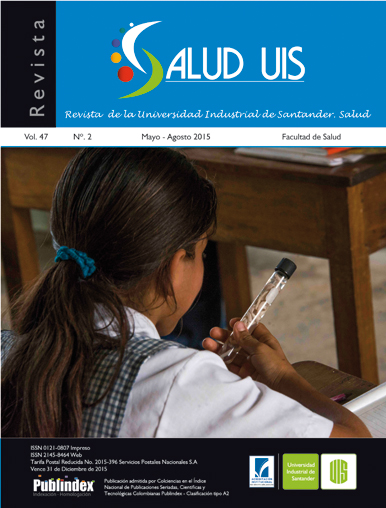Abstract
Introduction: Geohelminthiasis is an infection which is prevalent in developing countries, and primarily affects schoolchildren. Control strategies that combine massive chemotherapy with health education can produce significant reductions in this infection that are sustainable over time. This study implemented and evaluated a comprehensive intervention combining a health education strategy and massive chemotherapy in a rural zone in Colombia. Methodology: Quasi-experimental design performed in La Virgen, Cundinamarca (Colombia). The entire school population participated in the health education strategy, in conjunction with biannual treatments with albendazole, between late 2010 and the middle of 2013. The analytical sample consisted of 119 children (median = 11, interquartile range = 8-13 years of age). Yearly changes in the presence of geohelminthes were evaluated using non-parametric tests for related samples and fixed-effect logistic regression models. Results: Prevalences of geohelminthes at baseline were: 22,28% (CI 95% 16,36%-28,20%) for Ascaris lumbricoides; 37,31%( CI 95% 30,42%-44,19%) for Trichuris trichiura and 13,47% (CI 95% 8,61%-18,33%) for Uncinaria sp. The final measurements of these prevalences decreased to 5,30%(CI 95% 1,68%-8,91%) for A. lumbricoides; 16,55% (CI 95% 10,56%-22,55%) for T. trichiura and 4,64% (CI 95% 1,42%-8,03%) for Uncinaria sp. Conclusion: Although the present study does not constitute an actual impact evaluation, it provides an apparently successful experience with implementing a comprehensive strategy to control geohelminthiasis, which could serve as a model for other interventions in rural areas in the country.
Se autoriza la reproducción total o parcial de la obra para fines educativos, siempre y cuando se cite la fuente.
Esta obra está bajo una Licencia Creative Commons Atribución 4.0 Pública Internacional.
